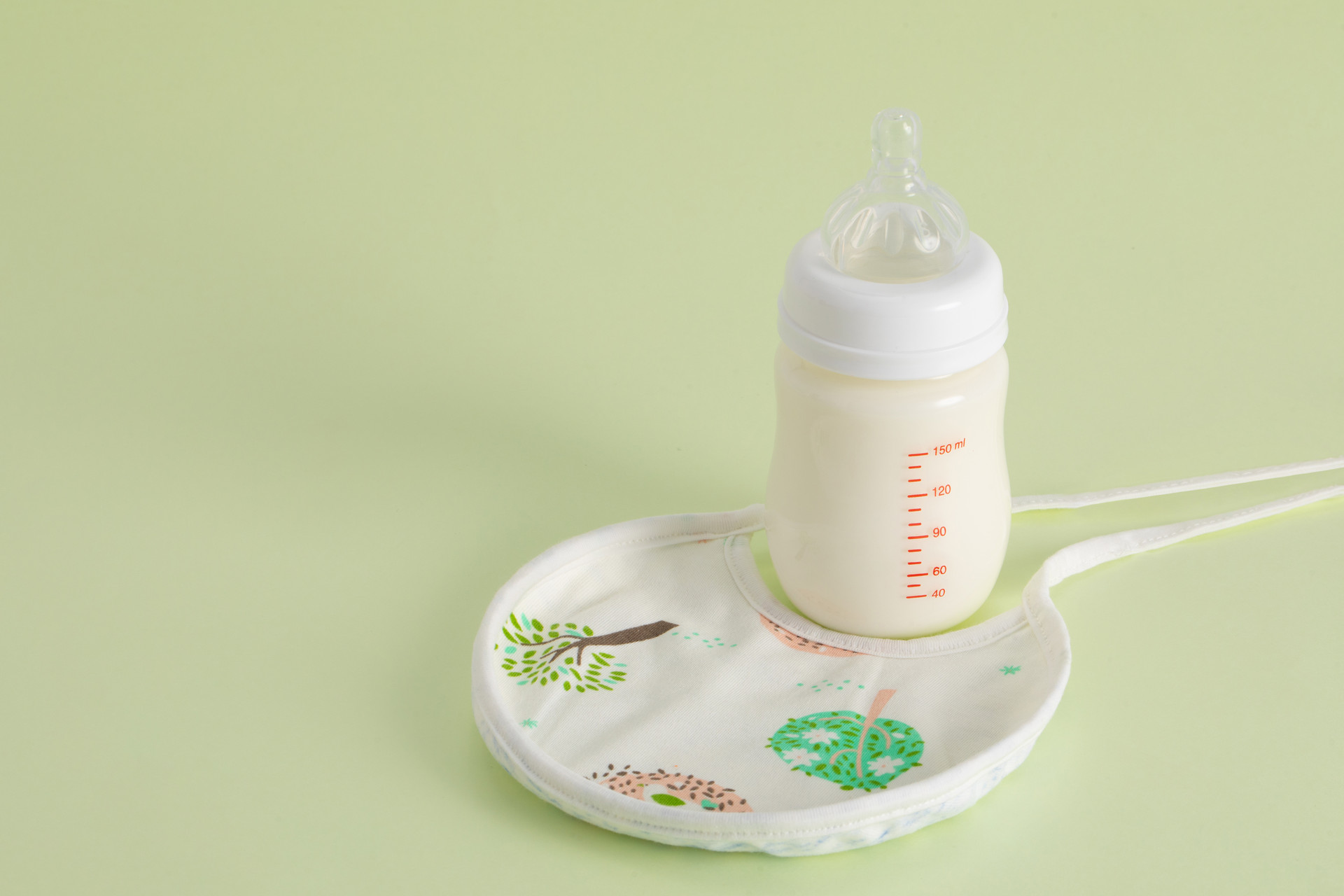Baby's immune system is weak, making them prone to diarrhea. In order to treat it effectively, we need to understand the different types of diarrhea in babies. Let's learn about the types of diarrhea in babies together!
Causes of Baby's Diarrhea
Children have weaker organs and are more susceptible to external pathogens. They are easily affected by wind, cold, heat, and dampness, leading to diarrhea. This is especially common in summer and autumn due to heat and dampness.
The most common types of diarrhea are caused by cold and dampness or food damage. One type focuses on replenishing, while the other focuses on promoting bowel movements. There is also diarrhea caused by improper diet, overfeeding, sudden changes in food, or excessive consumption of oily and cold foods, which can damage the spleen and stomach.
There is also diarrhea caused by weak spleen and stomach, usually due to congenital deficiency or improper feeding. Prolonged illness can also lead to weak spleen and stomach.
Infants under six months may experience physiological diarrhea, which means they have more frequent bowel movements shortly after birth until six months of age. However, their appetite is usually good, it does not affect their growth and development, and their weight does not decrease. This type of diarrhea will normalize after the introduction of complementary foods.
Types of Baby's Diarrhea
Cold and Dampness Diarrhea: Stool is watery with lots of foam, pale in color, not smelly. Patients may experience abdominal pain, pale complexion, no thirst, clear and long urination, white and greasy tongue coating, and red fingerprints.
Damp-Heat Diarrhea: Stool is like egg drop soup or watery, sometimes with mucus or yellow-brown color, with a fishy odor. Patients may experience abdominal pain, which decreases after diarrhea. They may also have slight fever, restlessness, thirst, and short yellow urination. Their tongue is red with yellow and greasy coating, and their fingerprints are purple.
Food Damage Diarrhea: Stool is watery and long, with milk curds or undigested food residues. Patients may experience abdominal pain, bloating, crying before diarrhea, and relief after diarrhea. The stool has a sour and foul odor, frequent bowel movements, and may be accompanied by vomiting. The tongue coating is thick and greasy or yellowish, and the fingerprints are purple.
Spleen Deficiency Diarrhea: Diarrhea persists and occurs immediately after eating. It may last for a long time or recur intermittently, with varying severity. Patients may have a pale complexion, thin body, poor appetite, loose stools with milk curds or undigested food, and a pale and thin tongue coating. If the diarrhea persists, it can damage the kidney yang, resulting in a pale yellow complexion, increased frequency of watery stools, pale tongue coating, cold limbs, and weak pulse.
Treatment Methods for Different Types of Diarrhea
1. Cold and Dampness Diarrhea
The focus is on warming the middle, dispelling cold, and eliminating dampness. The main methods include tonifying the spleen, stimulating three points on the back, massaging the back, stimulating the seven vertebral joints, and massaging the tailbone. Also, massage the acupoint Zusanli.
2. Damp-Heat Diarrhea
The main focus is on clearing heat, promoting urination, and regulating the middle. Methods include clearing the spleen meridian, stomach meridian, large intestine meridian, small intestine meridian, and the six fu organs. Massage the acupoints Tian Shu and Gui Wei.
3. Food Damage Diarrhea
The focus is on promoting digestion and relieving stagnation in the middle. Methods include tonifying the spleen, clearing the large intestine, massaging the acupoint Ban Men, stimulating the internal Bagua, clearing the stomach, and massaging Zhong Wan, Tian Shu, and Gui Wei.
4. Spleen Deficiency Diarrhea
The focus is on invigorating the spleen, replenishing qi, warming yang, and stopping diarrhea. Methods include tonifying the spleen, replenishing the large intestine, stimulating three points on the back, stimulating the seven vertebral joints, massaging the tailbone, and pinching the spine. For diarrhea caused by cold and dampness, physical weakness, or kidney deficiency, moxibustion can be used in combination.











